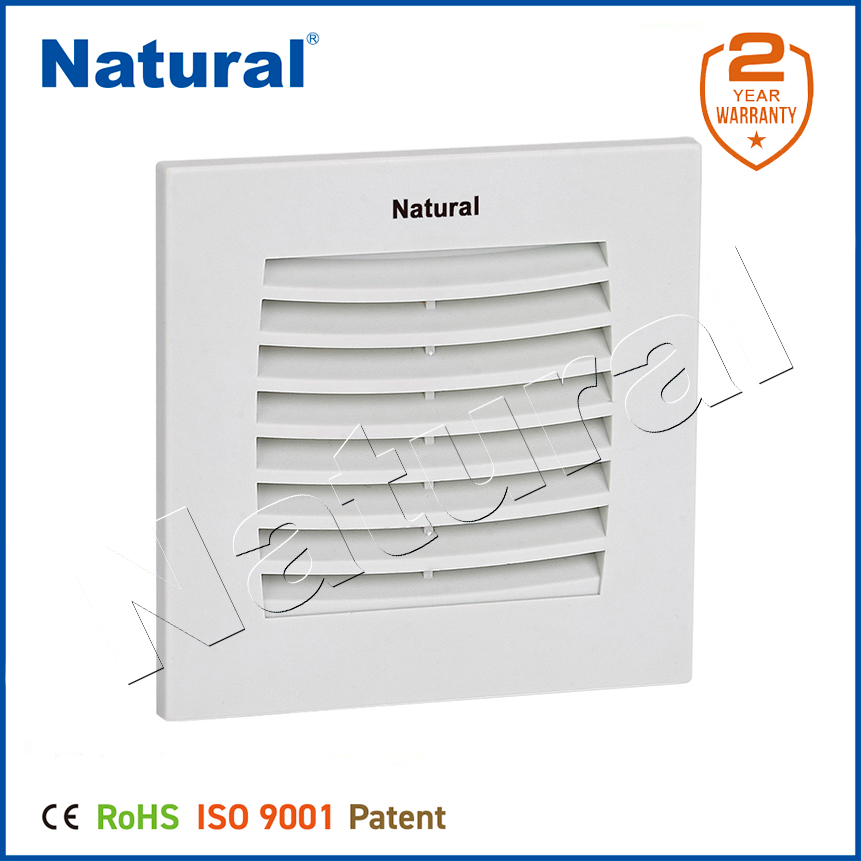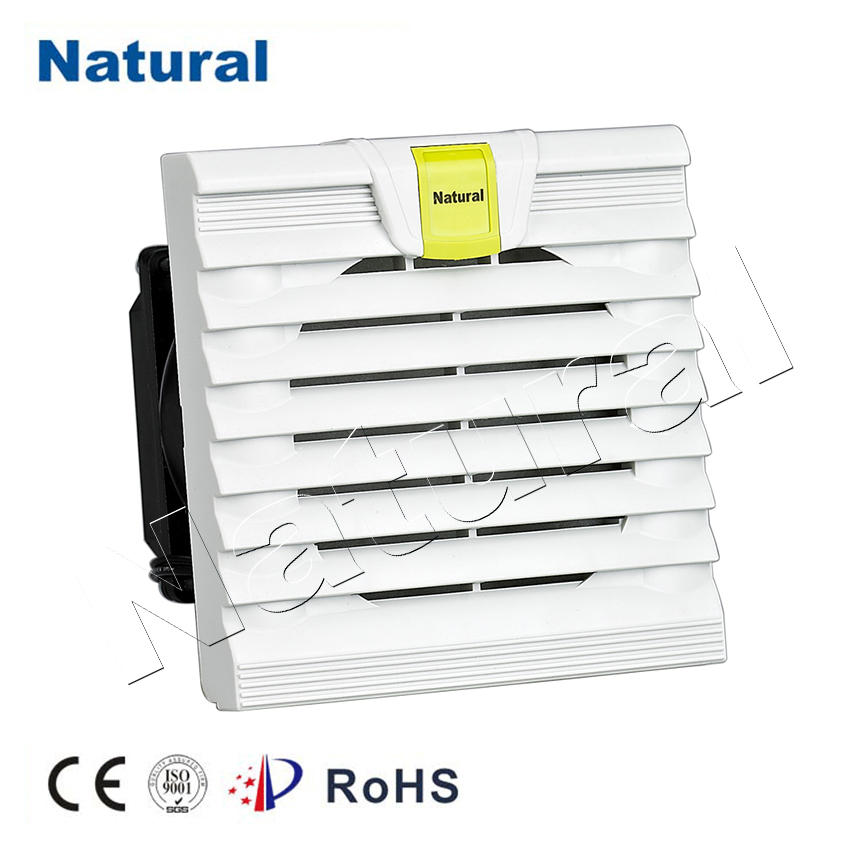In today’s industrial and commercial environments, the proper cooling and protection of electronic equipment are paramount to ensuring their longevity and optimal performance. Two common solutions for maintaining temperature control and cleanliness within electronic cabinets are the cabinet fan and filter fan. Both serve crucial functions in managing airflow and preventing overheating, but they have distinct features and advantages that cater to different needs. This article will explore the roles of cabinet fans and filter fans, discussing their design, uses, and the benefits they bring to various applications.

Cabinet Fan: Basic Cooling Mechanism

A cabinet fan is a device designed to improve airflow within an enclosed space, such as an electronic cabinet, server rack, or industrial control panel. The primary function of a cabinet fan is to provide ventilation by moving air across the components inside the cabinet. This helps to dissipate the heat generated by electronic devices, such as servers, power supplies, and controllers. Typically, cabinet fans are installed on the side or top of the enclosure and work by pulling hot air out of the cabinet or pushing cooler air in, depending on the direction of airflow. This continuous air circulation is crucial for preventing overheating, which can cause electronic components to fail or degrade prematurely. By maintaining a steady flow of air, cabinet fans help regulate the internal temperature of the cabinet, ensuring that the equipment inside remains within safe operating limits.
